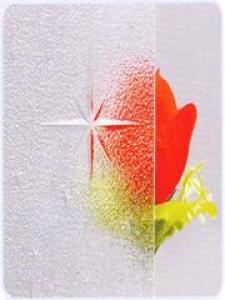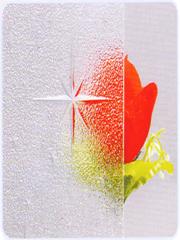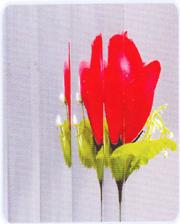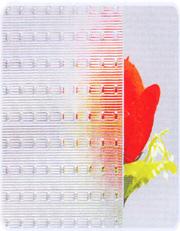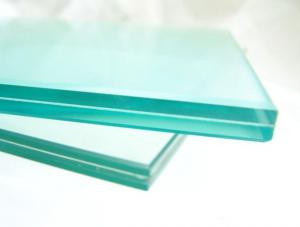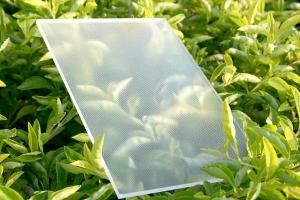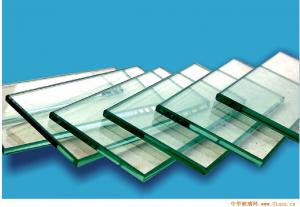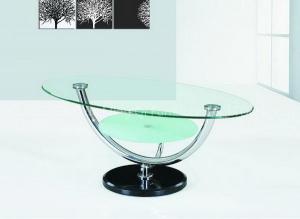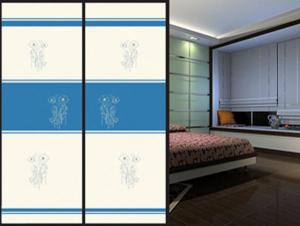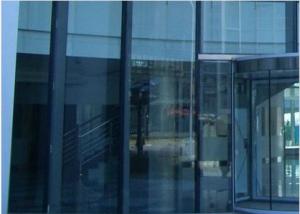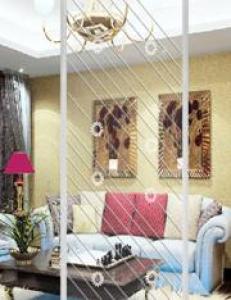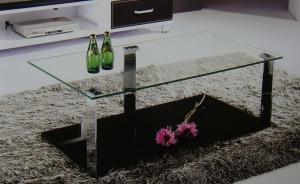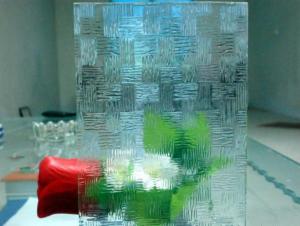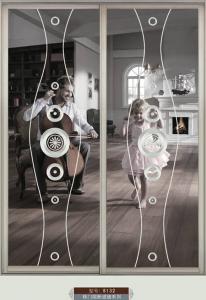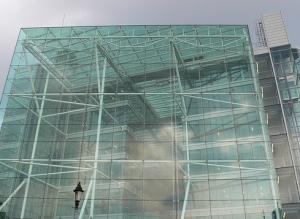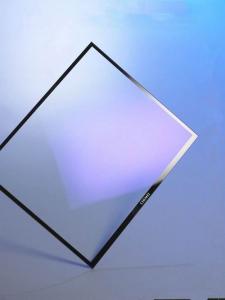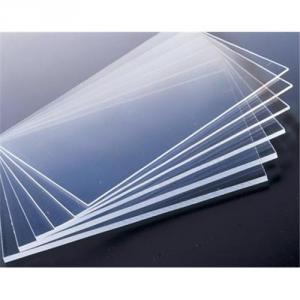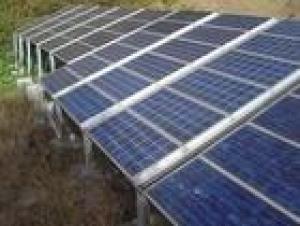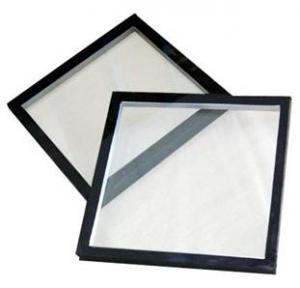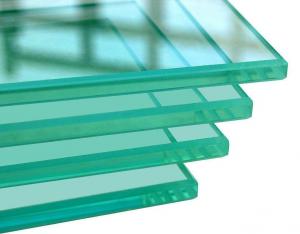Patterned Glass-1
- Loading Port:
- China Main Port
- Payment Terms:
- TT or L/C
- Min Order Qty:
- 100 m²
- Supply Capability:
- 10000 m²/month
OKorder Service Pledge
OKorder Financial Service
You Might Also Like
Patterned Glass is a kind of decorative translucent flat glass with embossed patterns on one or both surfaces. With the special properties of decorations, patterned glass can fully allow the light to pass through and on the other hand it can limit or prevent a clear view effectively, leading to a good "secret" result and a beautiful decorative effect.
Features:
1. Diversified and colorful patterns including Karatachi, Flora, Mistlite, Nashiji, Kasumi, Chinchilla, Moran, Aqualite, Masterlite, Millennium, Raindown, etc.
2. Distinctive and original design.
3. Stereoscopic effects and never-fading patterns.
4. Easy to be processed (cutted, ground, drilled, tempered, laminated, screen-printed, etc.)
Patterns for you to choose from:
Karatchi, Flora, Muro/Mora, Mistlite, etc.
Specifications:
Thickness: 3-5.5mm
Size: customized size
Applications:
Patterned Glass is widely used in all kinds of public and private places, such as offices, meeting rooms, hotels, hospitals, gymnasiums, bathrooms, washrooms, etc. It can also be applied in inlaid doors, glass furniture, shower rooms, colored crystal glass, glass partitions, bathroom doors and windows and other areas.
- Q: Ask the glass making processWhat kind of material is the glass made of? What material is good?
- Glass: a liquid material is transparent, forming a continuous network structure in the melt, silicate nonmetalmaterials cooling process viscosity increases gradually and hardening without crystallization. The main ingredient is silica. Widely used in building, but to every wind light.
- Q: The glass door in the shower room is too heavy. What material can be substituted, which is as transparent as glass but lighter than glass?
- You can use the transparent acrylic plate, acrylic plexiglass (acrylic) history in the early 20s, Solomon ha company first invented a new method of acrylic plate used for the polymerization of MMA, the board later called "Oroglas/Plexiglas"
- Q: What are the raw materials made of glass and plastics?
- Polyethylene (Polyethylene, PE), referred to as PE. is ethylene organic polymer compound. Polyethylene is the best material in contact with food. Non-toxic, tasteless and odorless, conform to the hygiene standards of food packaging. Polyethylene film, transparent, with moisture, oxygen, anti acid and alkali resistance, air tightness in general, excellent heat sealing properties. Known as "plastic flowers" reputation. Plastic packaging and printing volume is the largest and most important materials.PVC-- PVC
- Q: Yacht enterprises are purchasing their own raw materials (resin, glass fiber, carbon fiber, etc.), home composite products, accessories?
- I can help you ask the business partners who are working with us on the bottom of the ship and the parts of the ship. What they do in this respect is expected to be answered by you tomorrow.
- Q: Can ordinary white glass (Bai Jiuping) replace quartz glass?
- The glass is the main component in the manufacturing process of quartz sand, quartz sand is combined with other chemical materials at high temperature (1300 degrees Celsius) crystallized after firing the cooling of the body, with a hard, abrasion resistance, corrosion resistance and high transmittance characteristics, its wide application has a long history. The manufacturing technology of the use of glass a thousand li a day, increasing by the clock, glass, doors and windows, lamps, such as high-tech electronic components and space technology, are indispensable glass. Our daily contact with most of the "flat glass is" thick to thin for doors and windows, clocks and the use of medical tests, the manufacturing method is that the furnace in the glass slurry level or traction method (also called float) and vertical traction method. After the dissolution of soluble traction after furnace also has the cooling system, cooling after the completion into a "flat glass, flat glass thickness mainly depends on the speed of traction, traction faster, can be manufactured and thinner. Although the ordinary flat glass from the front appears bright transparent, but from the side near the edge is slightly blue, because the amount of glass color depends on the main raw material in the manufacture of glass - quartz sand and iron content of purity. Generally, the thin glass used in the watch industry is superior in quality but expensive in value, mainly because the material used in quartz sand is superior and the iron content is very low (usually under 3/10000)
- Q: How to choose floor tiles?
- Vitreous tile belongs to all ceramic product. Its abrasion resistance and flexural strength are very high, the water absorption rate (tile water absorption rate is less than 1 per thousand). Before the tiles mainly used for flooring, tiles, as a wall material is mainly used for high-grade Gaestgiveriet Hotel, office space, but now, with the living standard and the improvement of consumption level, the home use tiles for the kitchen wall materials are more and more family.
- Q: What's the difference between plexiglass PS boards and toughened glass? What's the difference between them?
- Suggest that you use semi tempered glass for bathroom glass, do not use non tempered, and the other two are not high prices, that is, shock resistance, heat resistance is not good, very crispThere is this, now you can choose several materials made of transparent or translucent, (the simplest is to take a rub, ha ha)
- Q: Is flat glass the main material or structural component in raw materials?
- The general case is the principal. Such as doors and windows, glass, glass partition, ceiling, and so on.
- Q: Use of glass flake cement
- Due to the relative stretching coefficient of the steel, cement and other material and substrate, so in the case of heat shock resin layer easily cracking and shedding, and glass flake could commission a heat stable layer, which can prevent the substrate cracking and spalling.
- Q: What are these things that belong to the reactor's raw materials?
- The oil immersed reactor is also wound with aluminum (copper) wire, and the insulation is insulated paper and then soaked in oil.
1. Manufacturer Overview
| Location | Hebei, China |
| Year Established | 1999 |
| Annual Output Value | US$ 5 Million - US$ 10 Million |
| Main Markets | 55.00% Domestic Market 10.00% Mid East 5.00% Western Europe 5.00% Africa 5.00% Southeast Asia 3.00% South Asia 3.00% Eastern Asia 3.00% Eastern Europe 3.00% South America 3.00% North America 2.00% Southern Europe 1.00% Northern Europe 1.00% Central America 1.00% Oceania |
| Company Certifications | ISO 9001:2008;ISO 14001:2004 |
2. Manufacturer Certificates
| a) Certification Name | |
| Range | |
| Reference | |
| Validity Period |
3. Manufacturer Capability
| a) Trade Capacity | |
| Nearest Port | Tianjin, Qingdao |
| Export Percentage | 41% - 50% |
| No.of Employees in Trade Department | 3-5 People |
| Language Spoken: | English, Chinese |
| b) Factory Information | |
| Factory Size: | 5,000-10,000 square meters |
| No. of Production Lines | Above 10 |
| Contract Manufacturing | OEM Service Offered |
| Product Price Range | Low and/or Average |
Send your message to us
Patterned Glass-1
- Loading Port:
- China Main Port
- Payment Terms:
- TT or L/C
- Min Order Qty:
- 100 m²
- Supply Capability:
- 10000 m²/month
OKorder Service Pledge
OKorder Financial Service
Similar products
Hot products
Hot Searches


